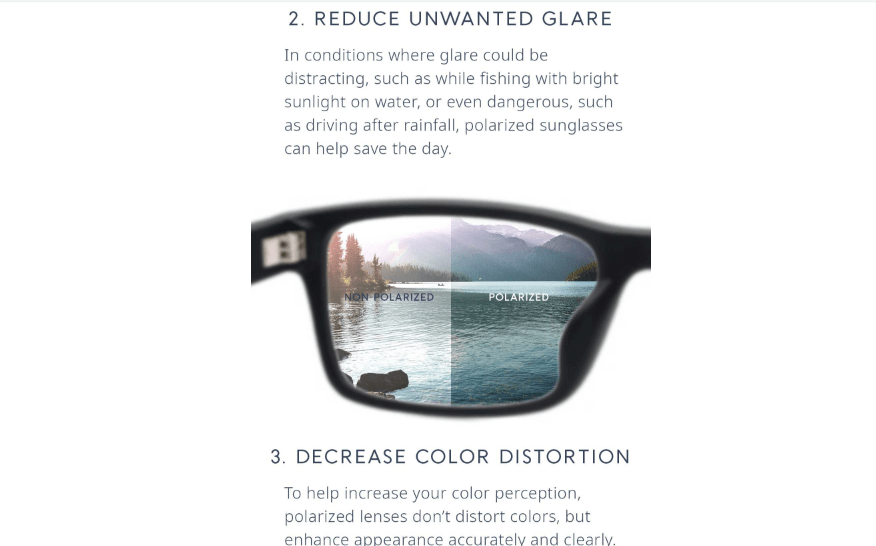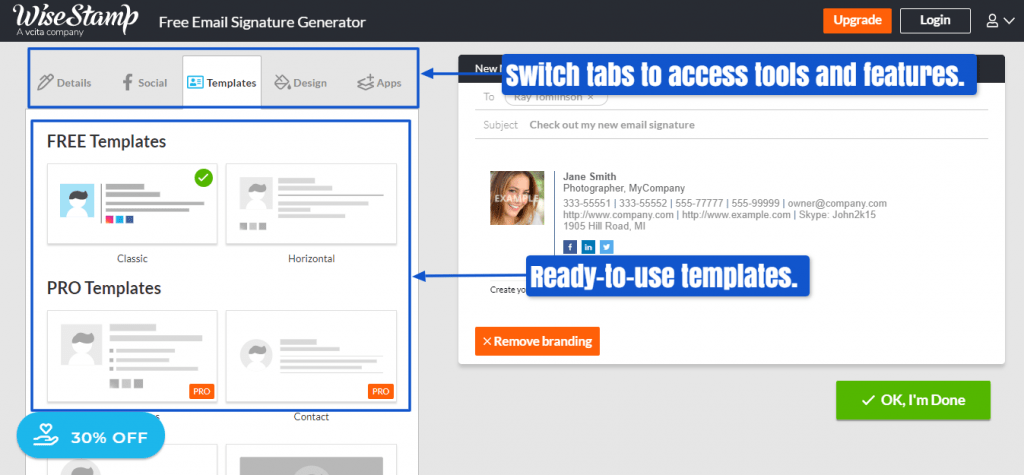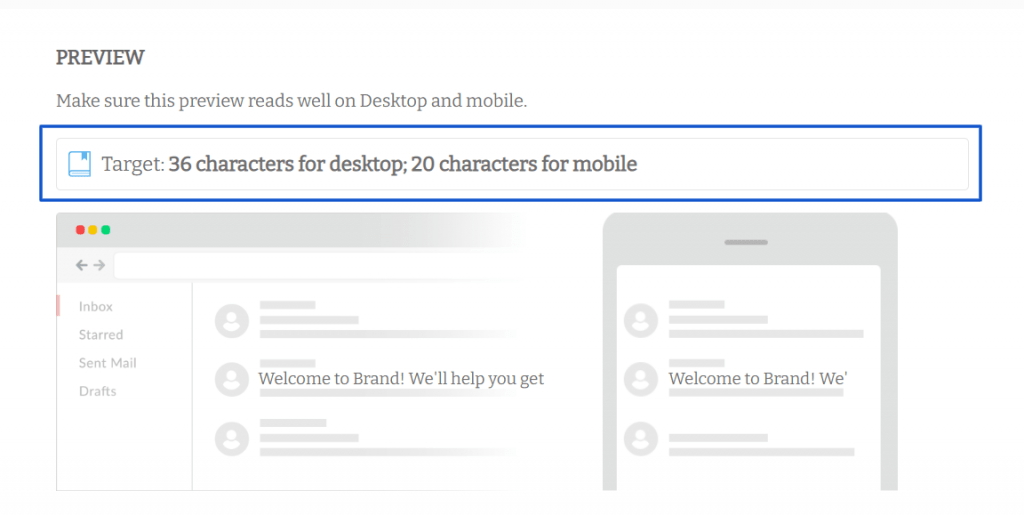
If you’re not optimizing your email marketing campaigns, you’re missing out on boatloads of conversion opportunities.
Data from Hubspot even shows that marketers using segmented email campaigns observe a 760% increase in revenue.
However, it takes more than segmenting to get people to click on your emails and turn your recipients into paying customers.
You’ll need the right strategies and excellent tools, such as the best email marketing services, to run successful campaigns and gain maximum returns.
In this guide, we’ll look at four high-impact email marketing tactics that will boost your clicks and conversion rates.
1. Use a seamless email content format
How you format your email can spell the difference between contacts clicking on it and consuming your content, and abandoning it before reading.
Avoid overcrowding your emails with too much content or using complex formats that drown out your marketing message.
Consider these tips to improve your email content format.
Make content that readers can easily scan.
Break up your content with subheadings, line breaks, images, and more if your emails are long.
Here’s a newsletter sample from J!NS that uses subheadings.

This improves your email’s readability and the user’s experience, increasing your opportunities to convert your readers into buyers.
Ensure mobile-friendliness.
Make mobile-responsive email designs so your content, layout, etc. are readable and display properly on different devices.
Doing so provides a good experience for mobile users, which helps compel them to consume your content and act on your conversion goal.
Avoid placing critical details in images.
This poor email accessibility practice prevents readers with visibility impairments from reading your content with ease.
Plus, images blocked by default hinder your recipients from reading essential information that would have helped compel them into clicking your email and converting.
2. Include a professional email signature
Add an email signature to convey your company’s professionalism, educate recipients about your products and services, and boost your brand awareness.
This helps reinforce your brand’s trustworthiness and encourages your contacts to click on your emails and act on your offers.
Create well-designed email signatures to supplement your email marketing strategies with these tips.
Make it simple.
Keep the information in your email signatures to relevant elements only, such as your name, company, and number, to avoid overwhelming your recipients.

Use visual hierarchy.
Apply visual hierarchy to your email signature design to highlight key information.
Utilize the Wisestamp HTML email signature generator to create email signatures that draw your recipients’ attention and effectively communicate your personal info.
Use the tool’s templates and editing features to refine your email signature’s design.

Add social media icons.
Increase your audience engagement by including clickable social media icons linking to your personal or company pages in your email signature.
Doing so gives your contacts more ways to follow and interact with you. This also helps them know your brand better and nurture trust between you.
3. Create compelling email subject lines
Subject lines give your recipients an idea about what’s in your email content.
However, writing the wrong kind of subject line, such as too good to be true offers or subject lines that don’t convey your content’s value instantly, can lead as spam.
Create compelling email subject lines to keep your emails from being tagged as spam and entice your contacts into clicking and acting on your offers.
Follow these best practices for writing great email subject lines.
Ensure that your subject lines are no more than 50 characters.
Keep your subject lines short, so your message remains readable, and no crucial words get cut off on small displays.
Use tools such as SendCheckit to analyze your email subject line’s readability, scannability, and more.
The tool also helps you manage your subject line’s length by showing the number of characters and a preview of how your subject lines would look on desktop and mobile.

Maintain a list of excellent subject lines.
Get inspiration from other brands’ subject lines and list them down.
This way, you won’t need to start from scratch and just look at your list, get inspiration from subject lines that align with your message, and create your own.
Conduct A/B tests.
Create multiple versions of your subject lines and test which ones bring you the best results.
This helps you uncover which subject lines perform and don’t perform well, allowing you to optimize and invest more in high-performing emails and discontinue under-performing emails.
4. Optimize your email send schedule
Although there might not be a perfect time for sending your emails, it all boils down to what send schedule works best for your business.
The key is to gather relevant data (such as when your target audience is most receptive to your emails), gain insights from said data, and take strategic actions based on those insights.
Here are some tips to help you determine the best time to send your emails and increase your clicks and conversions.
Automate your email send times.
Use an email marketing software that automatically tracks your email campaigns’ performance based on send times.
For instance, choose email software that automatically schedules your emails according to your recipients’ optimal time.
Doing so improves your chances of getting your recipients to click on your emails and convert them into paying customers. Plus, it makes the process more efficient.
Test various send times and monitor the results.
Choose different send times and check which emails generate more clicks, opens, and conversions.
Testing lets you find out the best email send times and helps you uncover different approaches to your campaigns during non-optimal send times.
Consider testing variables such as the time of the day, the day you send your emails, and specific periods or time blocks such as the start of the workday versus lunchtime.
Additionally, if you notice performance drop-offs on your chosen send times, keep testing, and make the necessary tweaks to gain maximum email marketing results.
Over to you
Now it’s time for you to put these tips into practice and see how they work to increase your email marketing clicks and conversion rates.
Although there is no instant formula to success, the tips in this guide can be your starting point to develop your set of email marketing techniques that give you excellent returns.
